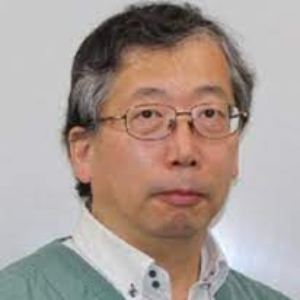Title : Self-propelled objects with high autonomy for transportation
Abstract:
Self-propelled objects have been studied as potential carriers to transport materials or themselves to a target location in a confined space, mimicking the behaviours of bacteria. Most self-propelled objects exhibit monotonous or random motion, since the direction of motion is determined by the anisotropy of the motor shape or by the external field. On the other hand, biological motors such as bacteria can flexibly change the character of their motion while responding to the physicochemical environment, and their characteristic behaviour, such as chemotaxis, is induced consequently. Designing artificial self-propelled systems that mimic biological motors, can help us to understand how the variety and autonomy of self-propelled motion seen in nature emerge. We have investigated simple self-propelled objects which indicate characteristic features of motion depending on the physicochemical environments to transport materials. The driving force of motion is the difference in the surface tension around the object. Nonlinear phenomena, such as oscillation, bifurcation, synchronization, collective motion, and pattern formation, were introduced as the characteristic features of motion based on reaction-diffusion kinetics to enhance the autonomy of the system. I would like to talk about (1) mode-bifurcation between oscillatory motion and continuous motion in couple with chemical reactions, (2) reciprocating motion depending on the chemical property of amphiphilic molecule on water, (3) memory motion depending on the trajectory of motion. I would like to discuss the relationship between these characteristic motion and physicochemical nonlinearity.
Audience take away:
• The autonomy of the present system is enhanced by introducing nonlinear dynamics.
• Utilization of nonlinear dynamics gives the audience multi-dimensional information such as spatio-temporally development.
• Chemical sensing based on nonlinear dynamics
• Artificial design mimicking bacterial motion such as chemotaxis.



